Remote Oil and Gas Drilling for Extracting Hydrocarbon Resources in Challenging Locations
Remote oil and gas drilling is a critical aspect of the energy industry, including exploration and extracting hydrocarbon resources in remote or challenging locations. Offshore sites, deepwater places, Arctic regions, and locales with restricted infrastructural access are also possible options. Remote drilling operations are challenging, necessitating modern technology, specialized equipment, and extensive logistical support. In this article, we delve into the key aspects of remote oil and gas drilling, its benefits, its challenges the strategies employed to overcome them, and how simulation is used to enhance its performance.
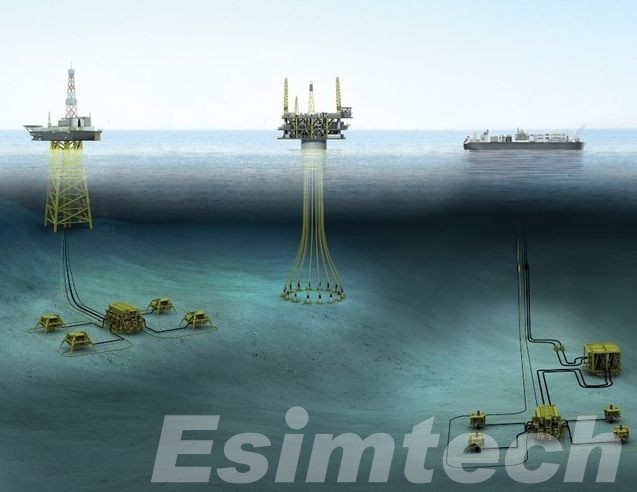
The Rise of Remote Oil and Gas Drilling
Remote oil and gas drilling technology combines advances in robotics, automation, and telecommunications to make drilling operations in remote or inaccessible sites more efficient. Unmanned drilling rigs, remote sensors, and real-time data transmission enable operators to remotely monitor and control drilling processes from centralized locations, frequently thousands of miles apart.
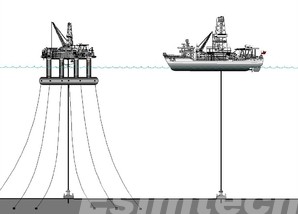
Key Aspects of Remote Oil and Gas Drilling
1. Exploration and Site Selection
Remote drilling projects begin with extensive geological surveys and exploration activities to identify potential hydrocarbon reserves. Seismic surveys, satellite imaging, and geological studies are used to assess the subsurface geology and identify promising drilling locations.
2. Drilling Operations
Once a drilling location has been chosen, drilling operations begin with specialized drilling rigs and equipment. Drilling rigs must be relocated and placed in remote areas such as offshore platforms or remote land-based sites, which frequently necessitates extensive logistical planning and coordination.
3. Well Construction
During drilling operations, wells are constructed to access underground reservoirs containing oil and gas deposits. This involves drilling through various geological formations, casing the well with steel pipes to maintain integrity, and cementing the casing in place to prevent leaks.
4. Production and Extraction
Once the well has been drilled and completed, production facilities are set up to collect oil and gas from the reservoir. Depending on the reservoir’s location and depth, this could include constructing production platforms, subsea equipment, or land-based production facilities.
5. Transportation and Distribution
Extracted oil and gas are transported to refineries or processing facilities via pipelines, tankers, or other means of transportation. In remote locations, establishing transportation infrastructure presents additional challenges, requiring careful planning and investment.
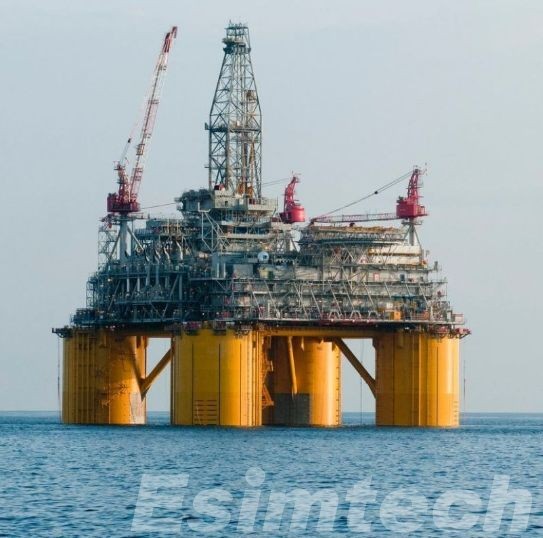
Benefits of Remote Oil and Gas Drilling
| Benefit | Description |
| 1. Cost Reduction | Lower Operational Expenses: Remote drilling eliminates the need for on-site accommodation and facilities, reducing operational costs significantly. Decreased Transportation Costs: Reduced transportation requirements for personnel and equipment contribute to cost savings. |
| 2. Safety Enhancement | Reduced Personnel Exposure: Remote drilling minimizes the need for personnel to be physically present at the drilling site, mitigating exposure to hazardous conditions. Improved Emergency Response: Enhanced monitoring and remote control capabilities enable faster response to emergencies, enhancing overall safety. |
| 3. Environmental Impact Reduction | Reduced Footprint: Remote drilling minimizes the environmental footprint by limiting the disturbance to sensitive ecosystems and wildlife habitats. Lower Emissions: Reduced transportation and on-site activities lead to lower emissions, contributing to environmental sustainability. |
| 4. Access to Remote Locations | Exploration Expansion: Remote drilling enables access to previously inaccessible or challenging locations, unlocking new exploration opportunities. Resource Maximization: Explores and extracts resources from remote areas, maximizing resource utilization. |
| 5. Operational Efficiency | Enhanced Monitoring and Control: Remote drilling systems allow for real-time monitoring and control of drilling operations, improving efficiency and productivity. Optimized Resource Allocation: Efficient deployment of resources based on remote monitoring data optimizes drilling operations. |
| 6. Risk Mitigation | Reduced Geopolitical Risks: Remote drilling reduces reliance on politically unstable regions, mitigating geopolitical risks associated with oil and gas exploration. Weather Resilience: Remote drilling operations are less susceptible to weather-related disruptions, ensuring continuity in production. |
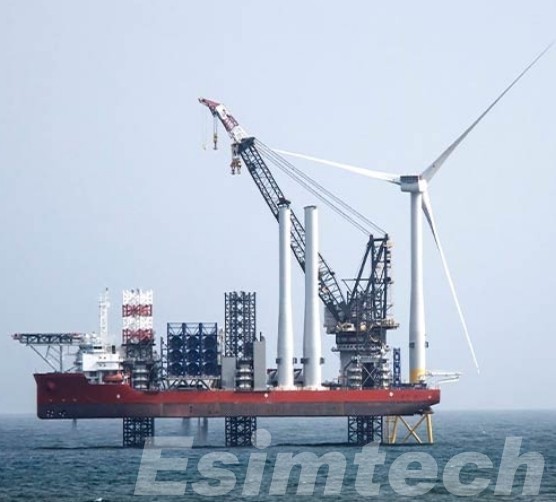
Challenges and Strategies for Remote Oil and Gas Drilling
| Challenge | Description | Strategy |
| 1. Limited Infrastructure | Remote drilling sites often lack essential infrastructure such as roads, power supply, and communication networks, making logistics challenging. | Preparation and Planning: Conduct thorough site surveys and pre-deployment assessments to identify infrastructure gaps and plan accordingly. Investment in Infrastructure: Invest in building or upgrading infrastructure to support remote drilling operations, including roads, power generators, and satellite communication systems. |
| 2. Harsh Environmental Conditions | Remote drilling sites may be located in harsh environments such as Arctic regions or offshore locations prone to extreme weather conditions, posing operational challenges. | Weather Forecasting: Utilize advanced weather forecasting technologies to anticipate and mitigate weather-related risks. Equipment Design and Maintenance: Develop and maintain specialized equipment designed to withstand extreme environmental conditions. |
| 3. Remote Monitoring and Control | Limited access to remote drilling sites makes real-time monitoring and control of operations challenging, potentially leading to delays and inefficiencies. | Automation and Remote Control: Implement automated drilling systems and remote control technologies to monitor and control operations from a centralized location. Satellite Communication: Utilize satellite communication systems to establish reliable communication links with remote drilling sites for real-time data transmission. |
| 4. Safety Concerns | Remote drilling sites may pose safety risks due to their isolation, limited access, and exposure to hazardous conditions. Ensuring the safety of personnel and equipment is paramount. | Comprehensive Safety Protocols: Develop and implement comprehensive safety protocols tailored to remote drilling operations, including emergency response plans and regular safety training for personnel. Remote Medical Support: Establish remote medical support systems to provide immediate assistance in case of emergencies. |
| 5. Environmental Protection | Remote drilling operations must comply with strict environmental regulations to minimize their impact on the surrounding ecosystem and wildlife habitats. | Environmental Impact Assessments: Conduct thorough environmental impact assessments prior to drilling operations to identify potential risks and implement mitigation measures. Adoption of Environmentally Friendly Practices: Implement environmentally friendly drilling techniques and practices, such as zero-discharge drilling and waste management systems. |
| 6. Supply Chain Management | Managing the supply chain for remote drilling operations can be complex and challenging due to the long distances involved and the need for specialized equipment and materials. | Supply Chain Optimization: Optimize supply chain logistics through strategic partnerships, efficient inventory management, and the use of local suppliers wherever possible. Emergency Contingency Plans: Develop contingency plans to address supply chain disruptions and ensure continuity of operations. |
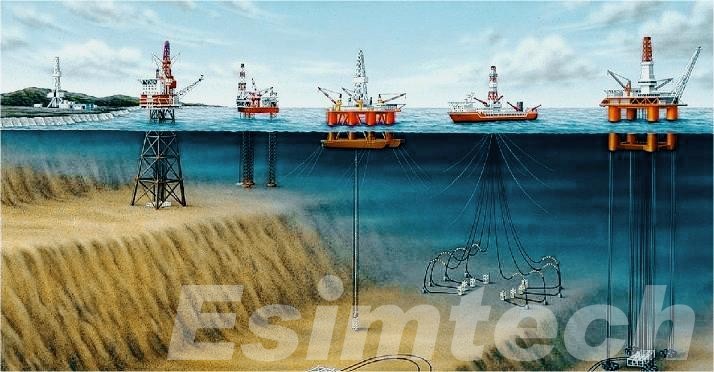
Simulation Technology Used in Optimizing Remote Oil and Gas Drilling
The use of simulation technologies has emerged as an important technique for optimizing remote drilling operations. By simulating numerous drilling situations and conditions, operators can reduce risks, improve efficiency, and improve safety in remote drilling operations.
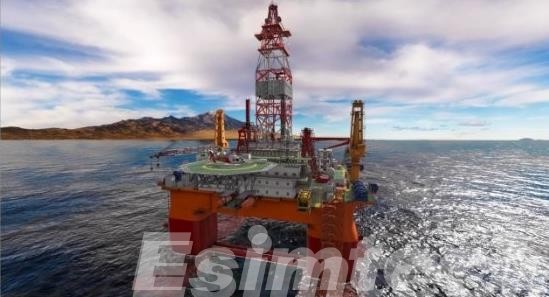
1. Planning and Pre-Drilling Analysis
Operators can use simulation technology to do complete planning and analysis before beginning drilling operations. By entering geological data, well parameters, and environmental elements into simulation software, operators can simulate drilling scenarios, detect potential dangers, and optimize drilling plans to reduce risks and maximize efficiency.
2. Wellbore Stability Analysis
One of the critical challenges in remote drilling is keeping the wellbore stable in difficult geological formations. Simulation technology enables operators to predict and assess wellbore stability issues like as borehole collapse, formation damage, and lost circulation under a variety of drilling scenarios. parameters, operators can optimize mud programs and wellbore trajectories to mitigate stability risks.
3. Real-Time Drilling Optimization
During drilling operations, simulation technology plays a crucial role in real-time drilling optimization. By integrating data from downhole sensors, drilling parameters, and geological models into drilling simulators, operators can simulate drilling performance and predict potential issues in real time. This allows for proactive decision-making, optimization of drilling parameters, and immediate response to changing drilling conditions, leading to improved efficiency and reduced downtime.
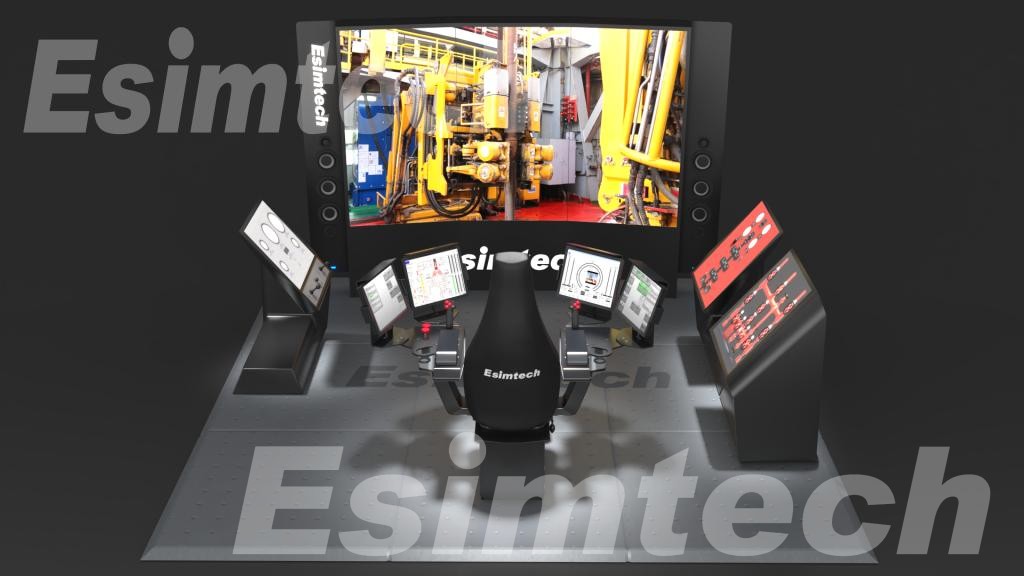
4. Training and Skill Development
Simulation technology also serves as a valuable tool for training and skill development in remote drilling operations. Virtual drilling simulators provide a realistic and immersive training environment where drillers and personnel can practice various drilling scenarios, learn how to operate equipment and familiarize themselves with drilling procedures in a safe and controlled setting. This enhances competency, reduces training costs, and improves overall safety in remote drilling operations.
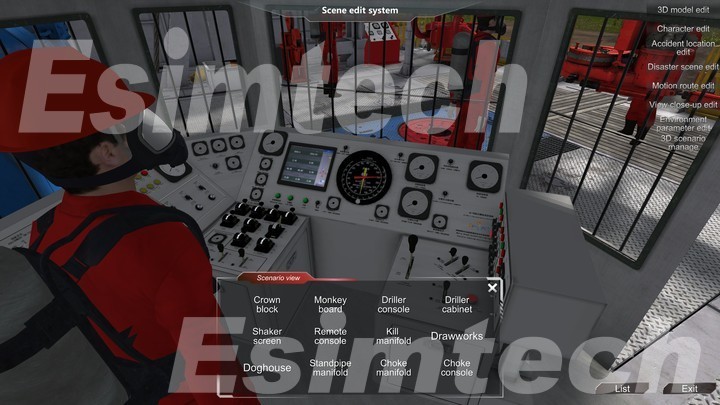
5. Risk Management and Contingency Planning
Simulation technology allows operators to efficiently assess and control the risks involved with remote drilling operations. By simulating different risk scenarios, such as equipment failure, well control incidents, and environmental emergencies, operators can develop contingency plans, implement risk mitigation strategies, and prepare response procedures to minimize the impact of potential hazards.
Conclusion
Remote oil and gas drilling represents a paradigm shift in the industry, providing unprecedented opportunities to access and produce hydrocarbon resources in remote or challenging environments. Despite the challenges offered by remote and difficult surroundings, advances in technology, strategic planning, and collaboration have enabled operators to overcome obstacles and effectively complete drilling projects.
From pre-drilling analysis and wellbore stability evaluation to real-time drilling optimization and risk management, simulation technology improves safety, lowers costs, and maximizes efficiency in remote drilling operations. As technology advances, the use of advanced oil and gas simulation tools and artificial intelligence promises to further modernize remote drilling operations, fostering innovation and advancement in the oil and gas industry.
